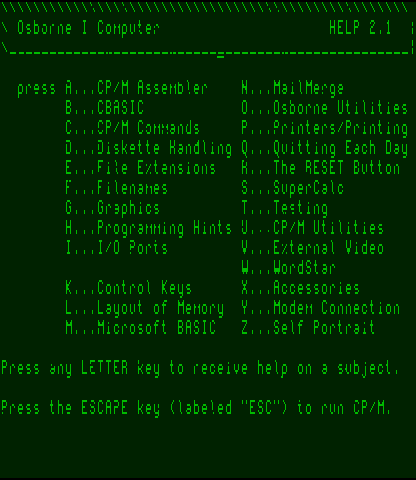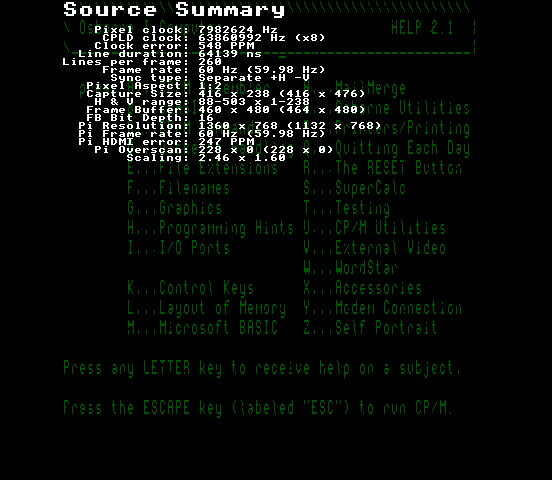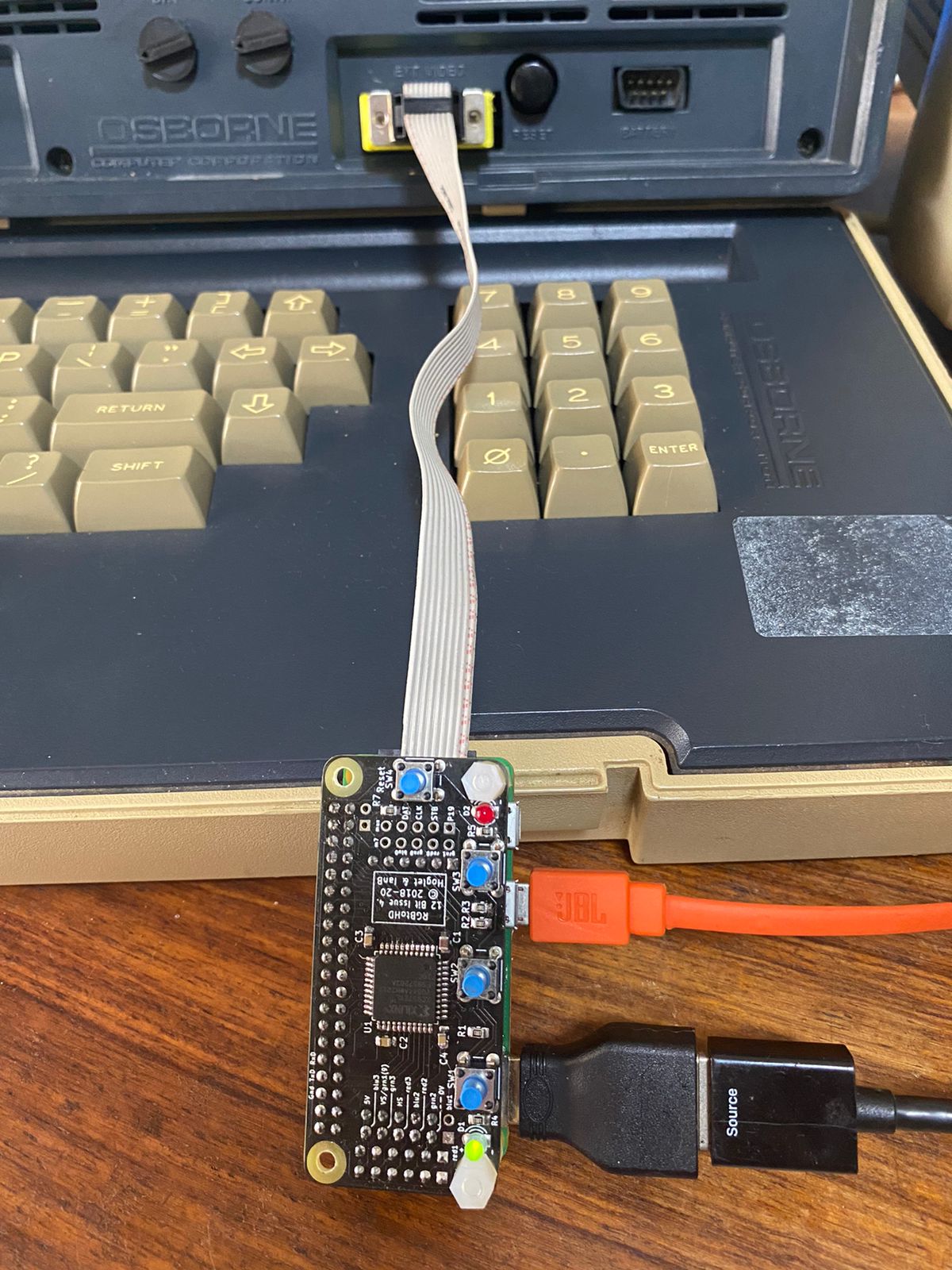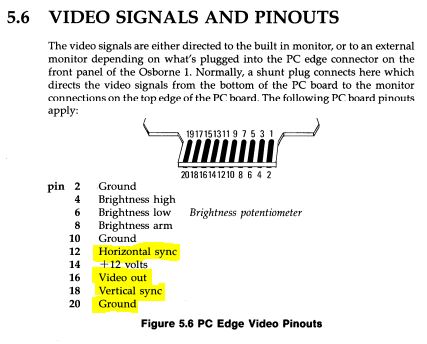-
Notifications
You must be signed in to change notification settings - Fork 6
New issue
Have a question about this project? Sign up for a free GitHub account to open an issue and contact its maintainers and the community.
By clicking “Sign up for GitHub”, you agree to our terms of service and privacy statement. We’ll occasionally send you account related emails.
Already on GitHub? Sign in to your account
Custom Profile (Osborne 1) #31
Comments
|
Have you tried adjusting the line length + or - 1, 2 or 3 Also where have you connected the RGBtoHDMI inputs? |
|
@dadecoza The video is fed from a contrast control which will vary the voltage level and also the low intensity setting will reduce the voltage level too when active so characters with that attribute may appear noisy or blank. It should be possible to modify an analog interface to inject separate syncs if you want to go that route but to get this working properly with the digital board you would have to connect internally to the inputs of those four open collector (O.C.) drivers shown above (Hsync, and Vsync with Grn3 and Grn2 connected to the video and intensity signals) Turning up the contrast to max might help but the low intensity setting is still going to reduce the voltage level anyway. |
|
Hi Ian, Thank you so much for your patience and detailed explanation. As you probably gathered my knowledge of how video output work is very limited. At least I now have an explanation for the noise, and it really is not that bad, Thanks again and feel free to close this ticket, |
|
Can you post your current profile. |
|
as requested... |
|
@dadecoza As the hsync edge is so close to the active video that can cause problems so I switched from Leading to Leading+Delay (that also meant changing to 3bpp capture). Plus I set the pixel aspect ratio and the palette to mono. BTW the line length of 512 looks correct as it is a nice round binary number so all the noise is probably due to the analog signal. Can you check that this profile is still OK and if so I will add it to future releases as it at least gets the timing correct so would be a good starting point for a fully correct profile: Put it in this folder on the sd card: reboot and select it from 'Other' in the profile menu |
There are several options to implement this:
|
|
Great thanks. :) Our local vintage computing group is planning an "Osborne repair day" and I will then take the opportunity to try some of your suggestions. The repair day is also the reason I wanted to get the RGBtoHDMI working so that we can bench test/debug the main boards outside of the case. |
|
@dadecoza I had to revert to Leading rather than Leading with delay as that only works at 3bpp and intensity support requires 6bpp |












I'm having an issue creating a custom profile,
According to the Osborne 1 Technical Manual the settings should be as follows ...
Width in pixels: 416
Height in pixels: 240
Dot clock: 8Mhz
However the output I get looks like ...
Any tips?
Thanks!
The text was updated successfully, but these errors were encountered: